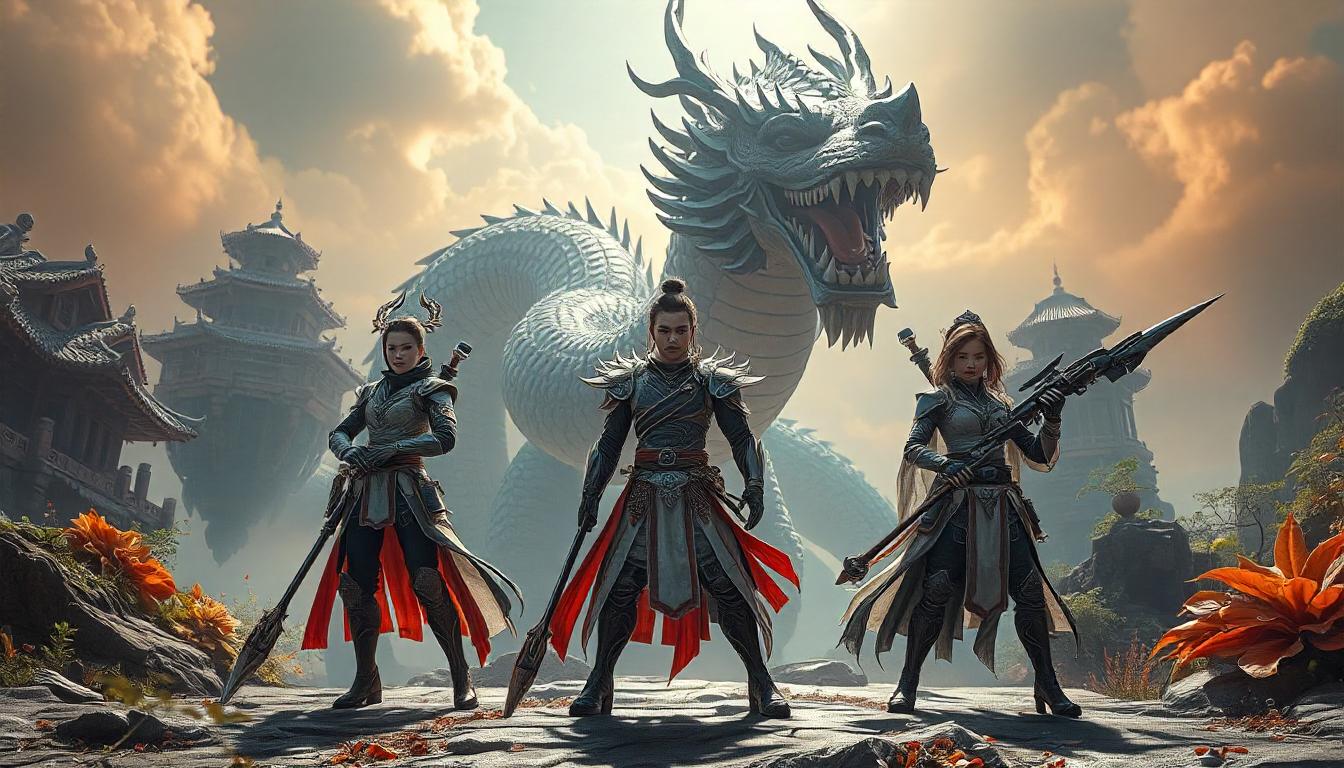Fortnite, developed by Epic Games, has revolutionized the gaming industry with its battle royale mode, vibrant graphics, and dynamic gameplay. It combines elements of survival, building, and combat in a last-player-standing format. The game’s frequent updates, collaborations with global brands, and competitive esports scene have solidified its status as more than just a game—Fortnite is a global entertainment platform
Full Detailed Description (1000 Words):
Introduction
Fortnite, developed by Epic Games and launched in 2017, has transcended its identity as a mere video game to become a worldwide cultural phenomenon. With over 400 million registered users as of 2023, it’s a staple in the gaming world and a hub for digital interaction, entertainment, and storytelling.
The Origins and Concept
Fortnite initially began as a cooperative survival game, Fortnite: Save the World, where players worked together to fend off waves of zombie-like creatures. However, the release of Fortnite: Battle Royale in September 2017 catapulted the game into mainstream fame. The concept of a battle royale mode, inspired by games like PlayerUnknown’s Battlegrounds (PUBG), brought 100 players together in a single map to fight until only one remained.
Gameplay and Features
- Battle Royale Mode:
The game’s core mode is free to play and features a shrinking map, randomized loot drops, and a blend of combat with construction mechanics. Players gather resources to build defensive structures or gain a strategic edge in battles. - Creative Mode:
Introduced in 2018, this mode allows players to design custom maps, games, and experiences, fostering creativity and community-driven content. - Save the World Mode:
Although overshadowed by the Battle Royale, this original mode retains a loyal fanbase for its cooperative gameplay. - Live Events:
Fortnite pioneered the concept of live, in-game events, ranging from world-changing storylines to music concerts featuring artists like Travis Scott and Ariana Grande. - Collaborations:
Collaborations with franchises like Marvel, Star Wars, and Naruto have brought unique skins, emotes, and storylines, appealing to diverse audiences.
The Fortnite Ecosystem
- Microtransactions and the Battle Pass:
Fortnite’s free-to-play model is sustained through in-game purchases. Players buy V-Bucks (virtual currency) to acquire skins, emotes, and the seasonal Battle Pass, which unlocks exclusive rewards as players progress. - Cross-Platform Play:
Fortnite supports cross-play across PC, consoles, and mobile devices, fostering a unified community. - Esports and Competitive Scene:
Epic Games has invested heavily in Fortnite esports. The Fortnite World Cup, launched in 2019, offered a prize pool of $30 million, cementing its place in competitive gaming.
Cultural Impact
- Social Hub:
Fortnite is more than a game—it’s a social platform where players connect with friends, attend virtual events, and engage in creative activities. - Influence on Pop Culture:
From introducing viral dances to integrating iconic characters, Fortnite has consistently shaped and reflected pop culture. - Educational Uses:
Teachers and educators have used Fortnite’s Creative Mode to teach teamwork, problem-solving, and design principles.
Criticism and Challenges
- Addiction Concerns:
Critics argue that Fortnite’s engaging mechanics and frequent updates can lead to excessive screen time, particularly among younger players. - In-Game Purchases:
While the game is free, its monetization strategies have drawn criticism for encouraging spending on cosmetic items. - Competition:
Fortnite faces ongoing competition from games like Apex Legends, Call of Duty: Warzone, and PUBG.
The Future of Fortnite
Fortnite shows no signs of slowing down. With ongoing updates, technological advancements like Unreal Engine 5 integration, and an ever-expanding universe of collaborations, Fortnite is poised to remain a dominant force in the gaming and entertainment world.
Would you like this elaborated further in any specific sections?
